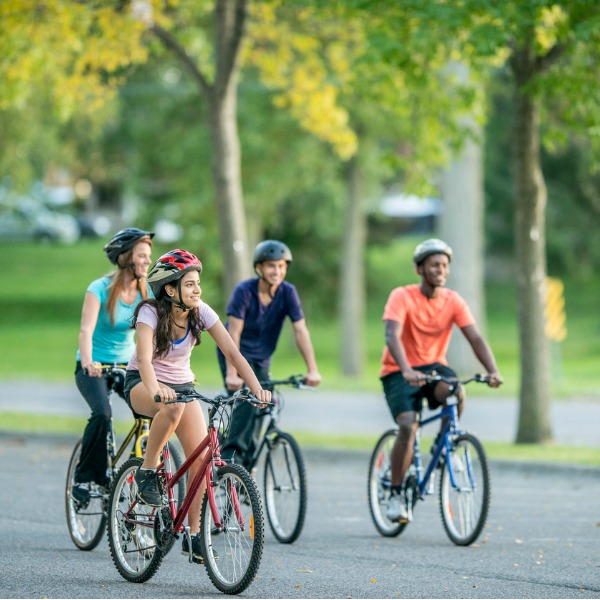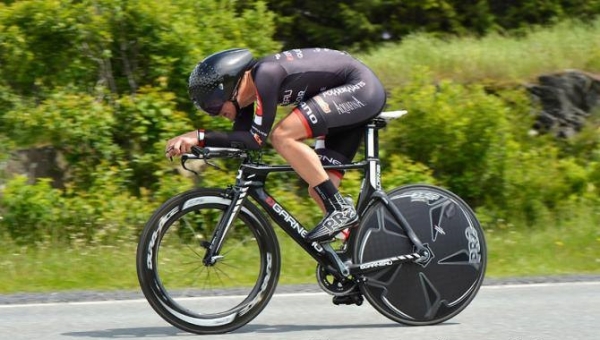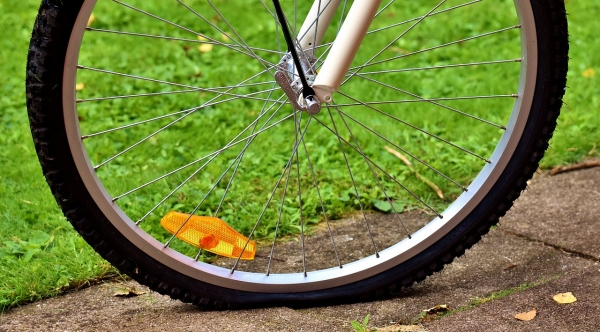How Can Understanding Physics Help Me Go Faster on My Bike?

A group of teens riding bicycles (FatCamera, iStockphoto)

A group of teens riding bicycles (FatCamera, iStockphoto)
5.31
How does this align with my curriculum?
Curriculum Alignment
YT
12
Physics 12 (British Columbia, June 2018)
Big Idea: Forces can cause linear and circular motion.
AB
6
Science 6 (2023)
Energy: Understandings of the physical world are deepened by investigating matter and energy.
AB
11
Knowledge and Employability Science 20-4 (2006)
Unit B: Understanding Common Energy Conversion Systems
BC
11
Physics 11 (June 2018)
Big Idea: Energy is found in different forms, is conserved, and has the ability to do work.
NU
11
Knowledge and Employability Science 20-4 (Alberta, 2006)
Unit B: Understanding Common Energy Conversion Systems


